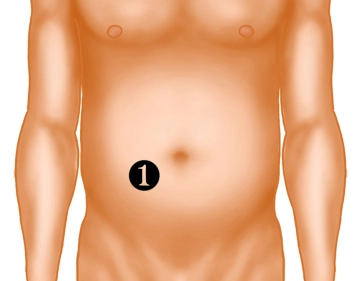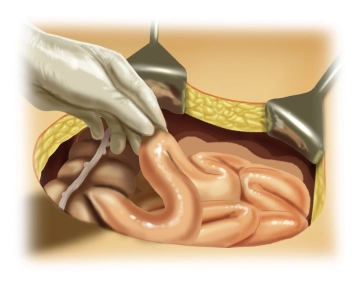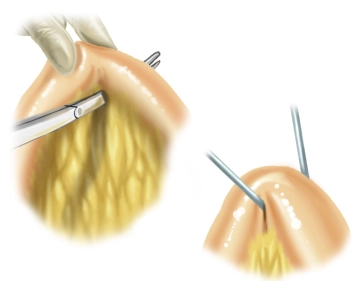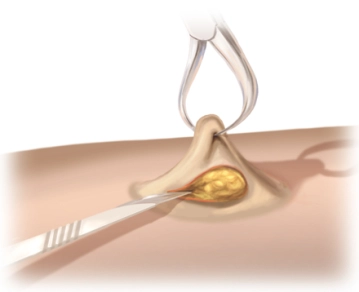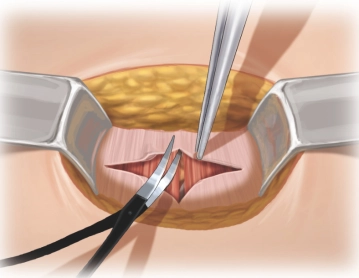Ideally, the stoma should be marked and the subsequent instructions for stoma care given by specially trained stoma nurses or an experienced surgeon.
- Trial marking, with the patient supine or already sitting, within the right rectus abdominis (level of the umbilicus) in a 10×10cm skin area, preferably without folds and creases, scars and bony prominences.
- Check of the planned site with the patient in motion (standing, stooping down).
- The selected site should be easily accessible to the patient and within his/her visual field and away from the natural beltline.
- To allow for intraoperative complications marking a secondary location is recommended.
- Dressing the markings with sensitive skin bandages.
The site of the ileostomy deeply affects its management and thus the patient’s quality of life!

